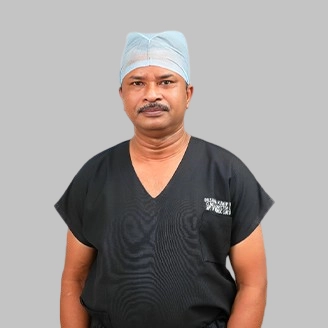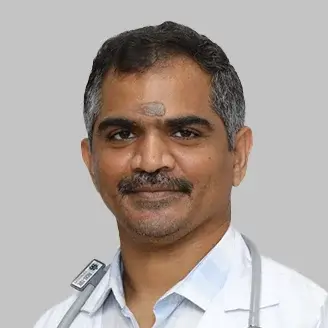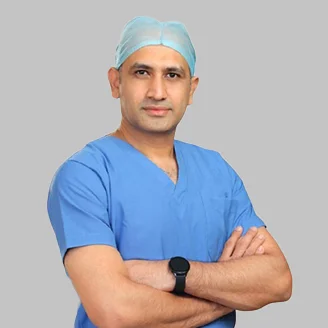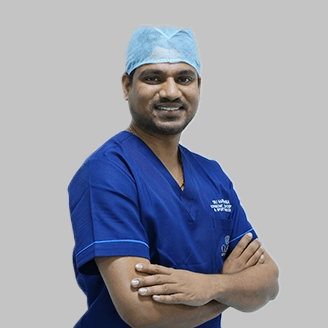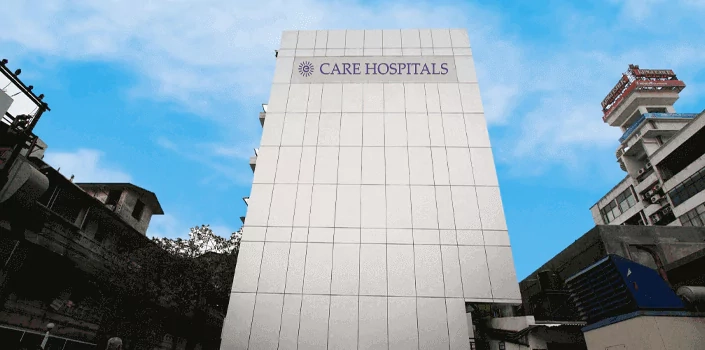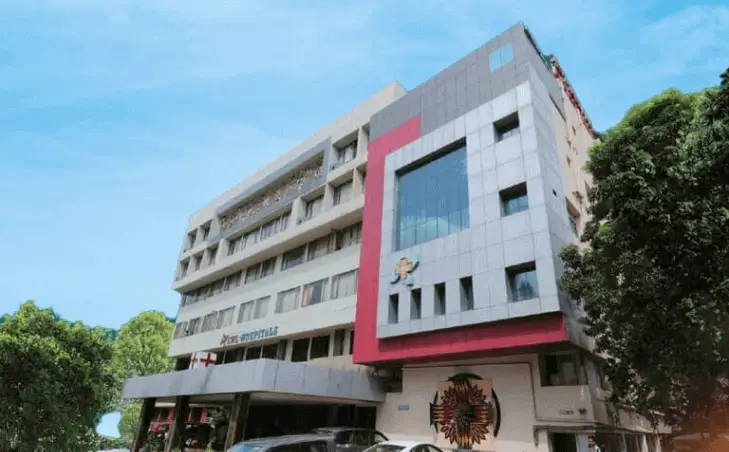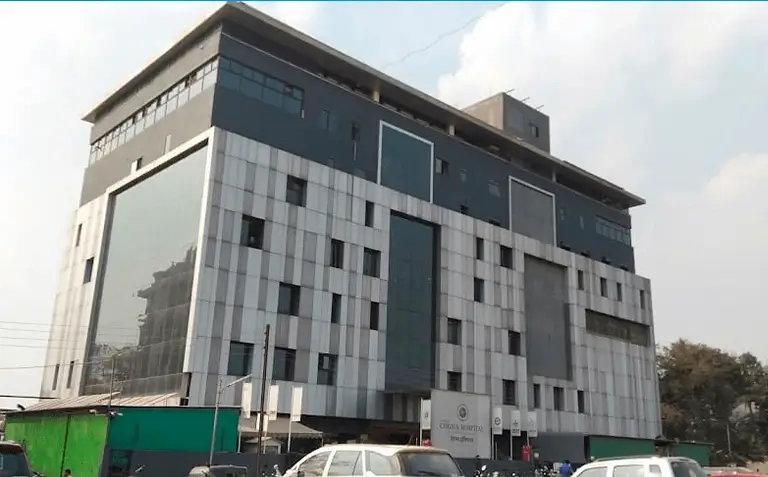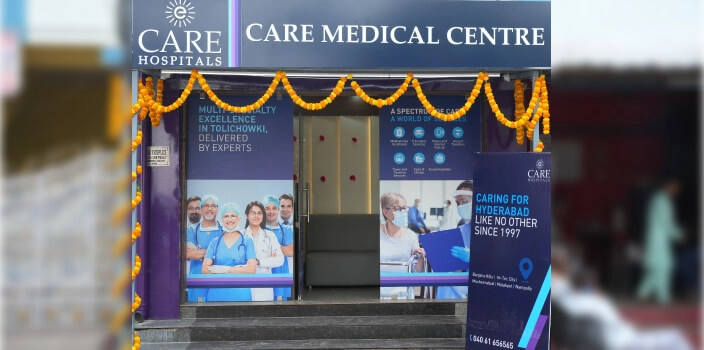-
Doctors
-
Specialities & Treatments
Centre of Excellence
Specialties
Treatments and Procedures
Hospitals & Directions HyderabadCARE Hospitals, Banjara Hills CARE Outpatient Centre, Banjara Hills CARE Hospitals, HITEC City CARE Hospitals, Nampally Gurunanak CARE Hospitals, Musheerabad CARE Hospitals Outpatient Centre, HITEC City CARE Hospitals, Malakpet
HyderabadCARE Hospitals, Banjara Hills CARE Outpatient Centre, Banjara Hills CARE Hospitals, HITEC City CARE Hospitals, Nampally Gurunanak CARE Hospitals, Musheerabad CARE Hospitals Outpatient Centre, HITEC City CARE Hospitals, Malakpet Raipur
Raipur
 Bhubaneswar
Bhubaneswar Visakhapatnam
Visakhapatnam
 Nagpur
Nagpur
 Indore
Indore
 Chh. Sambhajinagar
Chh. SambhajinagarClinics & Medical Centers
Book an AppointmentContact Us
Online Lab Reports
Book an Appointment
Consult Super-Specialist Doctors at CARE Hospitals

Best Hospital for K-Wire Fixation Surgery in Hyderabad
- Advanced Technology
- Shorter Hospital Stay
- Pre & Post-Operative Care
- All Insurance Accepted

Chat With Our Experts
Get second opinion on Whatsapp
25 lakhs+
Happy Patients
Experienced and
skilled surgeons
17
Health Care Facilities
Top most Referral Centre
for Complex Surgeries
Advanced K-wire Fixation Surgery
K-wire fixation surgery remains a reliable treatment for hand fractures that affect thousands of people each year. These fractures need proper stabilisation to heal correctly, especially when they affect the metacarpals and phalanges.
Doctors perform K-wire surgery by inserting thin metal pins through the skin to keep broken bone fragments stable during healing. This technique proves most effective when dealing with small bone fragments that other methods can't secure easily. The safety record of K-wire surgery looks promising, even though some worry about infection risks.
This article covers everything patients should know about K-wire fixation - from getting ready for surgery through recovery and aftercare.
Why CARE Group Hospitals is Your Top Choice for K-wire Fixation Surgery in Hyderabad
CARE Group achieves excellent outcomes through its specialised approach to K-wire fixation procedures. The surgical teams minimise tissue damage and scarring by using minimally invasive techniques. Patients receive:
- Detailed support throughout their treatment experience
- Care plans customised to each patient's condition
- Much shorter hospital stays compared to traditional fixation methods
Patients undergoing K-wire surgery with the CARE Group spend less on total hospital costs than those who undergo open reduction and internal fixation (ORIF).
Best K-Wire Fixation Surgery Doctors in India


State-of-the-art Surgical Innovations at Care Hospital
CARE Group's surgeons use modified percutaneous K-wire fixation techniques that bring notable advantages. This approach works safely, effectively and rapidly with minimal invasion. Their advances include:
- Modified techniques with better stability than traditional K-wire fixation
- Surgical methods that preserve blood supply to help fracture healing
- Procedures that let patients start postoperative exercises early
Conditions Requiring K-wire Fixation Surgery
The doctor recommends K-wire fixation for:
- Stable or minimally displaced fractures needing temporary stabilisation
- Joint dislocations that require realignment and support
- Surgical procedures that involve cutting and realigning bones, like corrective surgeries for deformities
Types of K-wire Fixation Procedures
K-wire fixation approaches are based on patient needs:
- Intrafocal K-wire pin insertion to support posterior edge fractures
- Trans-styloid pin fixation to stabilise wrists
- Subarticular pin fixation for joint-related injuries
- Combined pin techniques for complex fractures
Their surgeons pick the right K-wire size based on the patient's age, weight, and fracture location to ensure optimal healing.
Pre-Surgery Preparation
K-wire fixation surgery needs several key steps to prepare. Patients need a full medical check to make sure they can handle the surgery. Your doctor will ask you to:
- Get X-rays and other imaging tests
- Stop blood thinners or specific medications
- Avoid eating for several hours before surgery
- Get someone to drive you home after surgery
- Your doctor needs to know about all medications and supplements you take.
K-wire Fixation Surgical Procedure
The surgery starts when you receive general or local anaesthesia. Your surgeon will place K-wires through your skin or a small cut into the bone. X-ray guidance ensures the wires end up in the right spot. The surgeon picks the right K-wire size based on your age, weight, and where the fracture is.
Post-surgery Recovery
Most people recover in 3-4 weeks, but everyone heals differently. You should:
- Get enough rest and keep weight off the injured limb
- Keep your limb raised to cut down swelling
- Take pain medicine as prescribed
- Keep your incisions clean and dry
Risks and Complications
This surgery is generally safe with minimal complications. The most common issues are:
- Pin tract infection
- Wires that come loose or move
- Damage to nerves
- Bone infection (osteomyelitis)
Benefits of K-wire Fixation Surgery
This surgery has many advantages:
- Small cuts that heal quickly
- Lower costs and easy access
- Strong bone support
- Simple wire removal after healing
Insurance Assistance for K-wire Fixation Surgery
Your insurance plan might cover K-wire fixation. Your insurance also covers pre-hospitalisation expenses and post-hospitalisation care. Ask your insurance provider for more details.
Second Opinion for K-wire Fixation Surgery
Getting another doctor's opinion makes sense before choosing K-wire fixation, especially when you have complex fractures that might need different treatments.
Conclusion
K-wire fixation surgery remains a trusted solution for hand fractures. This procedure relies on thin metal pins that hold broken bones in place during healing. CARE Hospitals provides this surgery with great results at lower costs than alternative fixation methods.
K-wire fixation's benefits far outweigh its risks for most patients. This minimally invasive approach reduces tissue damage. Patients spend less time in the hospital and recover faster compared to traditional methods.
Most people heal within 3-4 weeks, though recovery times vary. Rest plays a crucial role, and patients need to keep the area clean. Following the doctor's guidelines about medications and movement restrictions helps speed up recovery.
CARE Hospitals keeps improving their K-wire techniques to enhance safety and effectiveness. Their updated methods give better stability and let patients move their hands earlier after surgery. Hand fracture patients should discuss with a specialist to see if K-wire fixation suits their injury.
K-Wire Fixation Surgery Hospitals in India
-
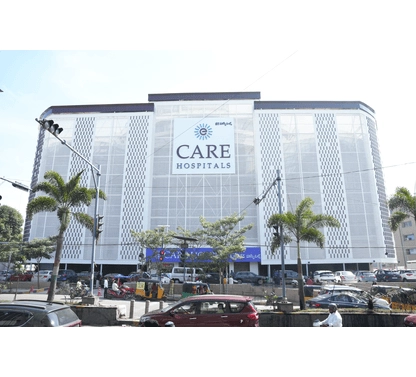
CARE Hospitals, Banjara Hills, Hyderabad
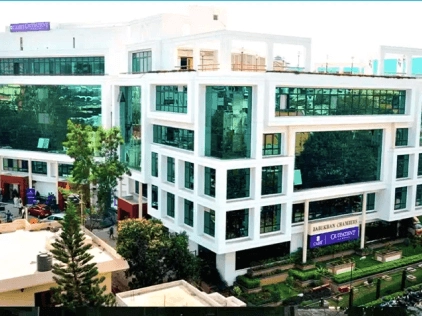
CARE Hospitals Outpatient Centre, Banjara Hills, Hyderabad
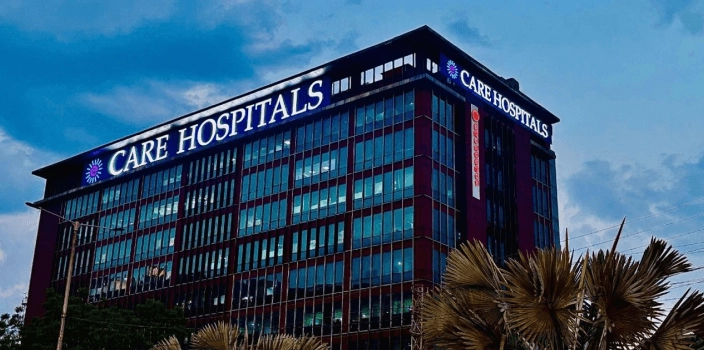
CARE Hospitals, HITEC City, Hyderabad
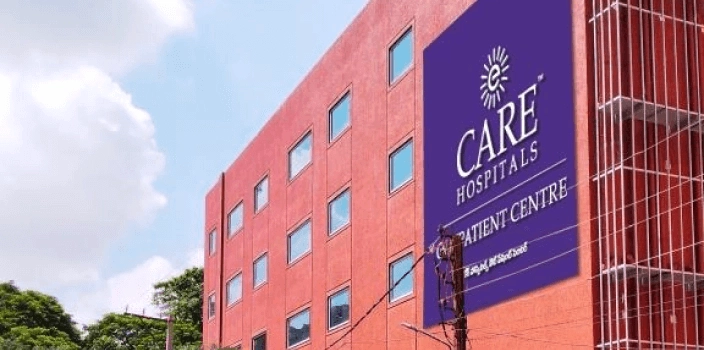
CARE Hospitals Outpatient Centre, HITEC City, Hyderabad
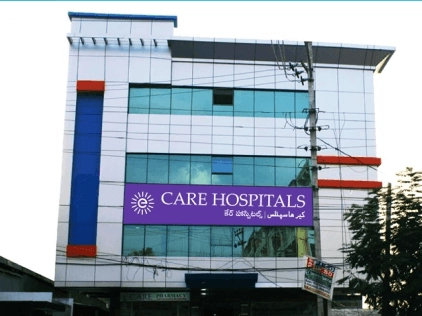
Gurunanak CARE Hospitals, Musheerabad, Hyderabad

CARE Hospitals, Nampally, Hyderabad
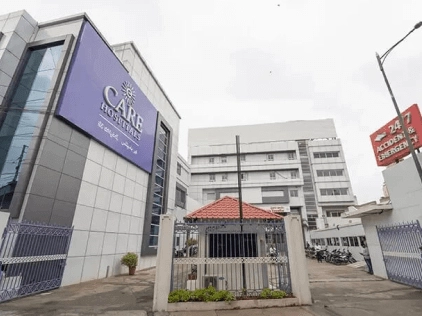
CARE Hospitals, Malakpet, Hyderabad
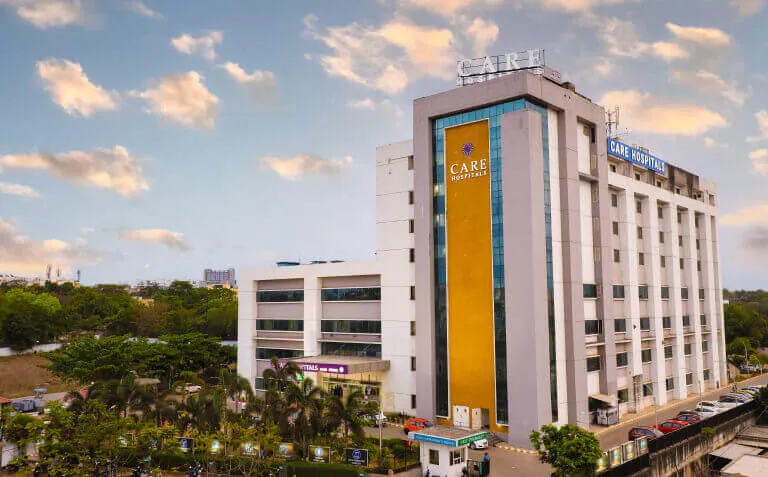
CARE Hospitals, Bhubaneswar
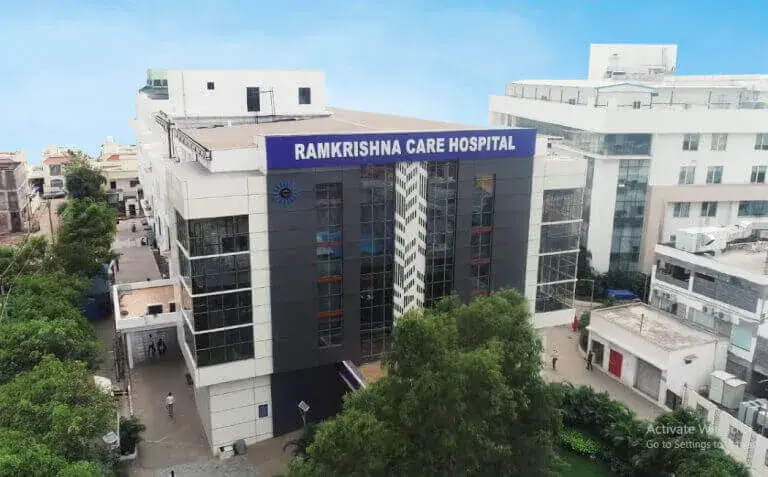
Ramkrishna CARE Hospitals, Raipur
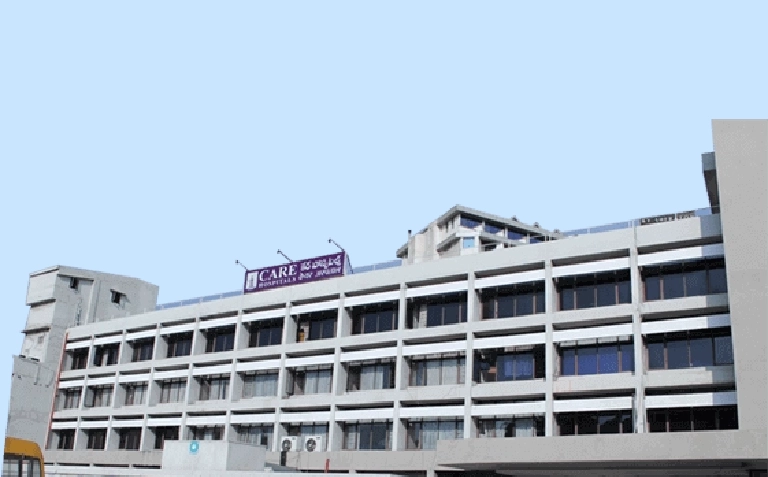
CARE Hospitals, Ramnagar, Visakhapatnam
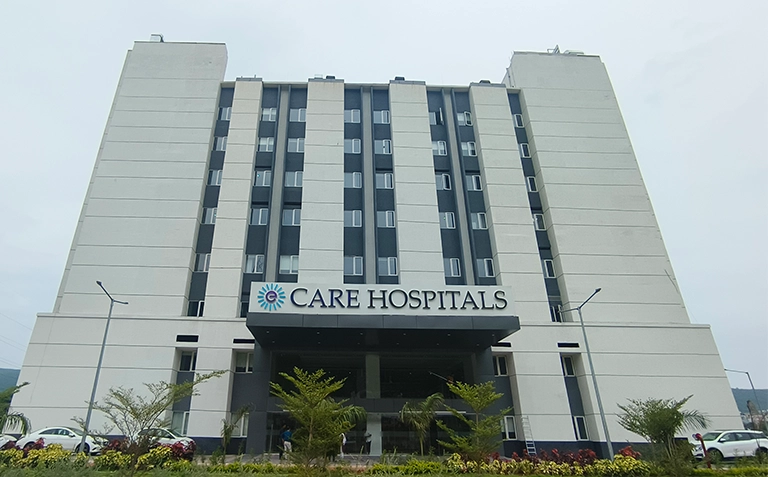
CARE Hospitals, Health City, Arilova
Related Surgeries
- Best Hospital for Spinal Fusion Surgery in Hyderabad
- Best Hospitals for Ankle Surgery in Hyderabad
- Best Hospital for Carpal Tunnel Release Surgery in Hyderabad
- Best Hospitals for Ligament Repair Surgery in Hyderabad
- Best Hospitals for Elbow Surgery in Hyderabad
- Best Hospitals for Arthroscopic Meniscal Repair Surgery in Hyderabad
- Best Hospital for Arthroscopy Surgery in Hyderabad
- Best Hospital for ORIF(Open Reduction Internal Fixation) Surgery in Hyderabad
- Best Hospital for Spine Decompression Surgery in Hyderabad
- Best Hospitals for Shoulder Arthroscopy Surgery in Hyderabad
- Best Hospital for K-Wire Fixation Surgery in Hyderabad
- Best Hospitals for Arthroscopic Knee Aspiration Surgery in Hyderabad
- Best Hospital for Bipolar Hemiarthroplasty Surgery in Hyderabad
- Best Hospital for Hemarthrosis Knee Surgery in Hyderabad
- Best Hospital for Meniscus Surgery (Meniscectomy) in Hyderabad
- Best Hospital for Proximal Femoral Nail (PFN) Surgery in Hyderabad
- Best Hospitals for Osteotomy Surgery in Hyderabad
- Best Hospitals for Arthroscopic Reconstruction Surgery in Hyderabad
- Best Hospitals for Bone Marrow Aspirate Concentrate (BMAC) Surgery in Hyderabad
- Best Hospital for Tension Band Wiring Surgery in Hyderabad
- Best Hospital for Shoulder Rotator Cuff Repair Surgery in Hyderabad
- Best Hospital for Shoulder Replacement Surgery in Hyderabad
- Best Hospital for Humerus Plating Surgery in Hyderabad
- Best Hospital for Tendon Repair Surgery in Hyderabad
- Best Hospital for Spinal Decompression Surgery in Hyderabad
- Best Hospital for Posterior Cruciate Ligament (PCL) Surgery in Hyderabad
- Best External Fixator Surgery in Hyderabad
- Best Hospital for UCL Reconstruction Surgery in Hyderabad
Frequently Asked Questions
K-wire fixation uses thin, sterilised stainless steel pins that hold broken bones together during healing. Doctors commonly use this technique for:
- Small bone fractures in hands, feet, and wrists
- Unstable fractures that need stabilisation
- Joint dislocations that require realignment
K-wires have proven to be safe with acceptable complication rates.
This procedure moves quickly:
- Surgery lasts between 30-120 minutes
- Simple cases need less operation time
- Complex cases with extra fixation might take up extra time
K-wire removal is a minor procedure:
- Doctors perform it on an outpatient basis
- Most patients don't need anaesthesia
- Each wire comes out in 1-2 seconds
Each patient recovers differently:
- Most people heal in 4-6 weeks
- Some patients bounce back in 3-4 weeks
- Complex injuries might need 6 months for complete functional recovery
You can prevent pin site problems by:
- Keeping the area clean and dry
- Following your doctor's care instructions carefully
- Telling your doctor about any redness, pain, or discharge right away
K-wires left in place can lead to:
- Higher infection risks
- Wires moving into nearby tissues
- Damage to surrounding structures
K-wire removal causes minimal pain:
- The majority of patients feel little to no discomfort
- The sensation feels odd but remains tolerable
- Children usually return to normal activities minutes after removal
Still Have a Question?







